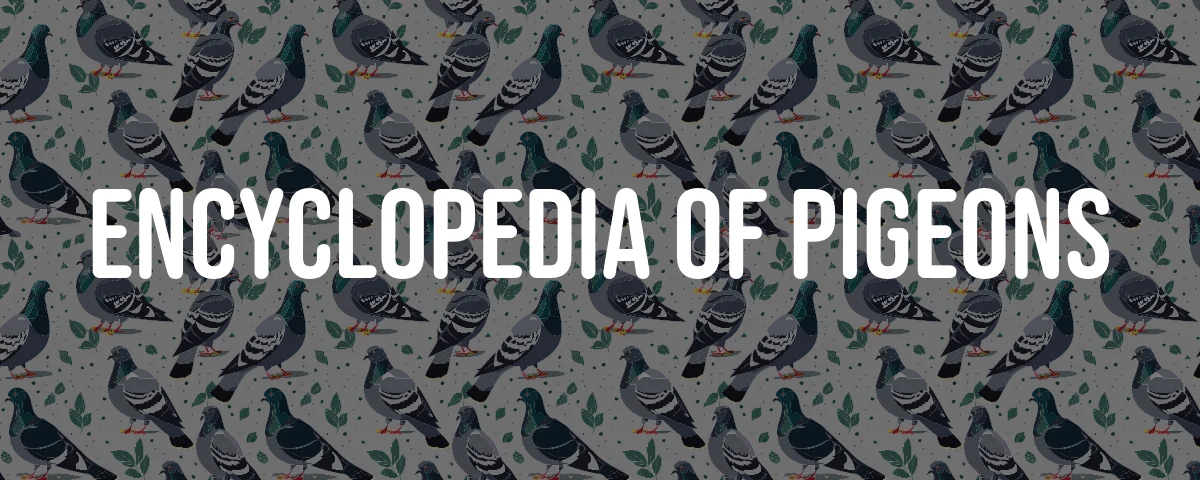The Dutch Highflyer is a breed of domestic pigeon known for its excellent flying abilities and distinctive appearance. This breed is native to the Netherlands and has gained popularity among pigeon enthusiasts worldwide. Dutch Highflyers are admired for their remarkable agility, endurance, and ability to fly at great heights.
Origin
The Dutch Highflyer breed originated in the Netherlands, specifically in the region of Friesland. The breed was developed through selective breeding to enhance its flying attributes. Over time, Dutch Highflyers became known for their exceptional flying skills and unique aerial displays.
Breed Characteristics
The Dutch Highflyer is a medium-sized pigeon with a slim and sleek body. It has a distinctive appearance characterized by a small head, a short beak, and a slightly elongated neck. The breed features a variety of color patterns, including solid colors, pied, and mottled.
Dutch Highflyers have strong and powerful wings, enabling them to perform intricate aerial maneuvers such as flips, rolls, and spins. They are known to fly in small circles for extended periods, often reaching heights of up to 1,000 meters (3,280 feet) or more. The duration of their flights can range from one to two hours, depending on the individual bird and its training.
Temperament
Dutch Highflyers are known for their energetic and active nature. They have a strong desire to fly and exhibit their flying abilities. They are intelligent and responsive birds, making them relatively easy to train for specific flight patterns and maneuvers. Due to their high energy levels, they require regular exercise and mental stimulation to thrive.
Preferred Living Conditions
Dutch Highflyers are primarily kept in specially designed lofts or aviaries that provide ample space for flying and exercise. These enclosures should have adequate ventilation and natural light to promote the overall well-being of the birds. The loft should also be secure and protected from predators to ensure the safety of the pigeons.
It is important to note that Dutch Highflyers are not suitable for apartment or indoor living. They require sufficient space to fly and engage in their natural behaviors. Owners should provide a balanced diet consisting of high-quality pigeon feed, fresh water, and occasional supplements to maintain the health of their birds.
Usage
Dutch Highflyers are primarily bred and kept for their exceptional flying abilities and aerial displays. Pigeon enthusiasts participate in various competitions and exhibitions to showcase their birds’ prowess and showcase their unique flying skills. These competitions often include categories such as height, endurance, and style of flight.
In addition to their use in competitive flying, Dutch Highflyers are also appreciated for their beauty and unique color patterns. They are sometimes kept as show birds or pets by individuals who admire their elegant appearance and enjoy observing their flying behavior.
Key Data
| Characteristic | Information |
|---|---|
| Size | Medium-sized |
| Weight | Average weight around 350-400 grams |
| Colors | Variety of colors including solid, pied, and mottled patterns |
| Flight Ability | Excellent flying abilities, capable of reaching heights of over 1,000 meters (3,280 feet) |
| Flight Duration | 1-2 hours on average |
| Temperament | Energetic, active, and intelligent |
| Preferred Living Conditions | Specially designed aviaries or lofts with ample space for flying and exercise |
| Usage | Competitive flying, exhibitions, show birds, and pets |
Interesting Fact: Dutch Highflyers are known to have a strong homing instinct, allowing them to find their way back to their loft even from great distances.






